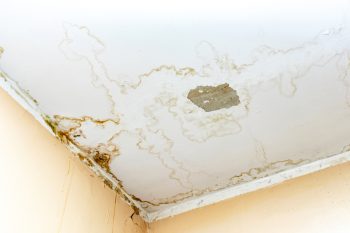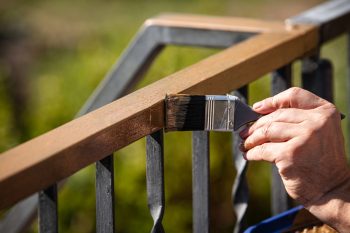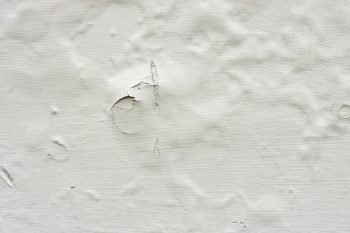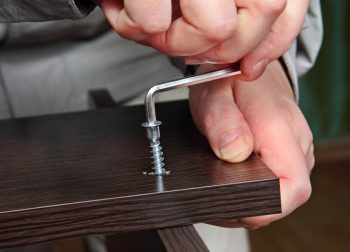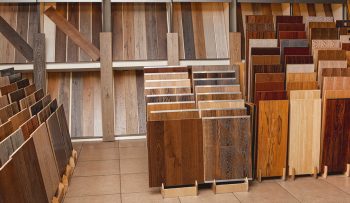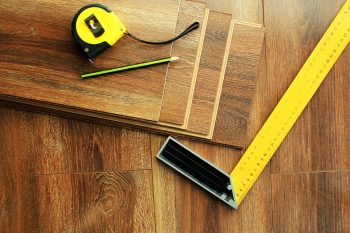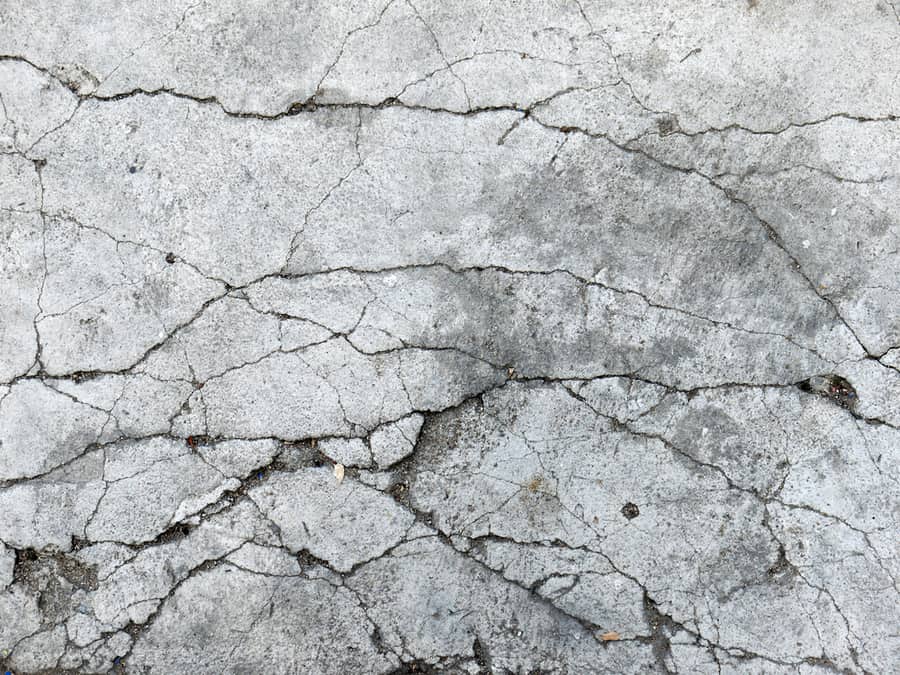
Having a water leak can be one of the most frustrating things that can happen to a homeowner. Apart from the mess that ensues from the leakage, you have to worry about cleaning up the mess, finding the leak, and worrying about possible damage and the cost of repairs.
Dealing with any water leak can be stressful, but it is more worrisome when you have to deal with concrete floors, as they are usually the foundation of every space within most homes. Which leads us to the main issue, how do you dry a concrete floor after a water leak?
Concrete floors tend to be the foundations of the rooms and spaces within the house, and repairs cannot be made until the floors have been thoroughly cleaned and aired out. The following are to be noted when dealing with a water leak in your house.
- If not properly dried, concrete floors can start degrading.
- Proper ventilation is key.
- Wet furniture can become a breeding habitat for mold.
Below, you will find a list of steps detailing handling a water leak on your concrete floors.
How To Dry a Concrete Floor After a Water Leak
Although it is a stressful task, it is not extremely difficult. We have put together very simple steps to ensure that you have a properly dried concrete floor after experiencing a water leak. The best part, you don’t even need to hire professional services for this.
1. Clear the Affected Room
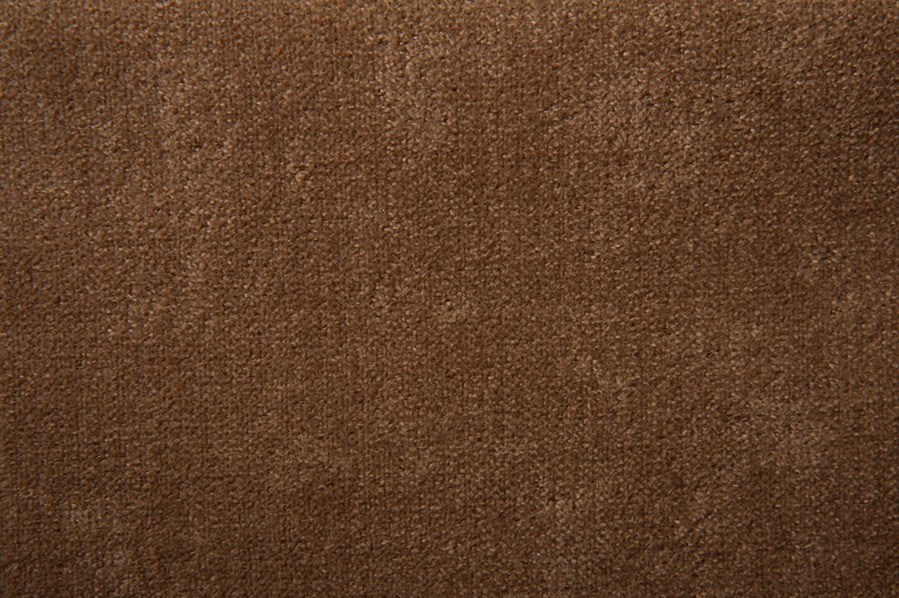
Depending on the part of the property affected by the water leak, carpets, furniture, and other objects might be around. You need to focus on these items first. Remove every item that may prevent the concrete floors from drying properly.
A soaked carpet can be a major obstacle in drying your concrete floors, as it can hold moisture for a long time.
In addition, a soaked carpet can also become a breeding ground for mold and mildew. So, if you cannot salvage the carpet, we suggest you cut your losses and discard them.
2. Get to Cleaning

This is the most obvious answer to the problem, but the point cannot be overemphasized. Every drop of water needs to be cleared from the spaces affected by the leak.
Investing in a good mop and bucket is the best way to go. Traditional mops are the best at soaking up water.
However, if a mop is unavailable, you can use a wet-dry vacuum to remove as much water as possible from the affected areas.
3. Ventilate the Affected Areas
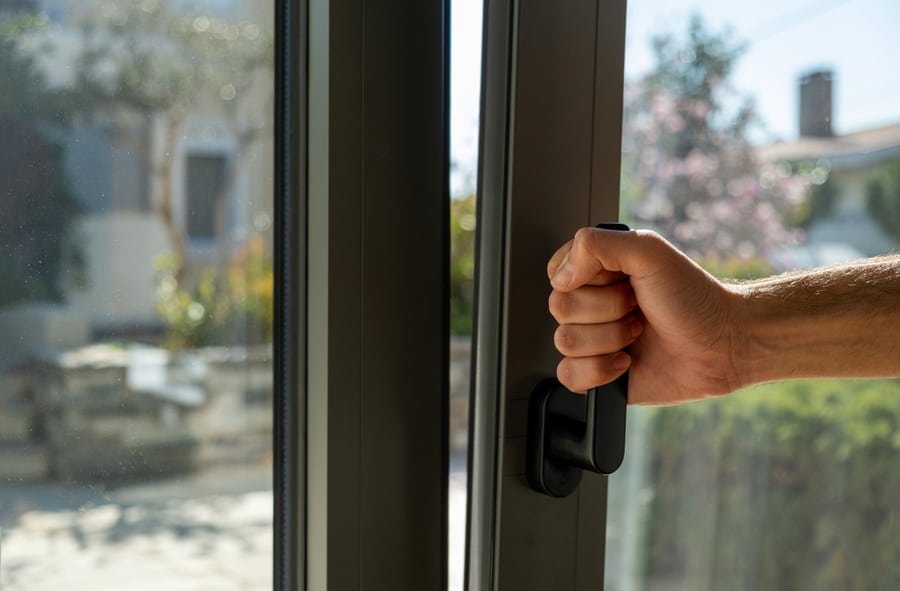
Removing moisture from the concrete floor is the goal. So, if there are windows and doors in the affected spaces, open them up to allow fresh air circulation.
Proper ventilation speeds up the drying process. It is important to note that natural ventilation might be slow, but it will get the job done eventually.
However, if the leak happens in a place with no ventilation, such as a basement, you can use fans and dehumidifiers to improve airflow and aid the drying process.
There is a common misconception that concrete is resistant to water. This is why people tend to relax after they have done a slight cleaning. Why is this a bad approach?
Contrary to popular belief, concrete is not impervious to water. If not dried properly, the floors will degrade and weaken the structural integrity of your house.
Conclusion
In summary, cleaning up a water leak can be a daunting task, but it has to be done. A proper cleaning process will go a long way toward preventing short- or long-term damage to the structural integrity of your property.
Lastly, remember that drying a concrete floor after a water leak largely depends on the size of the space affected and the amount of air circulating.

